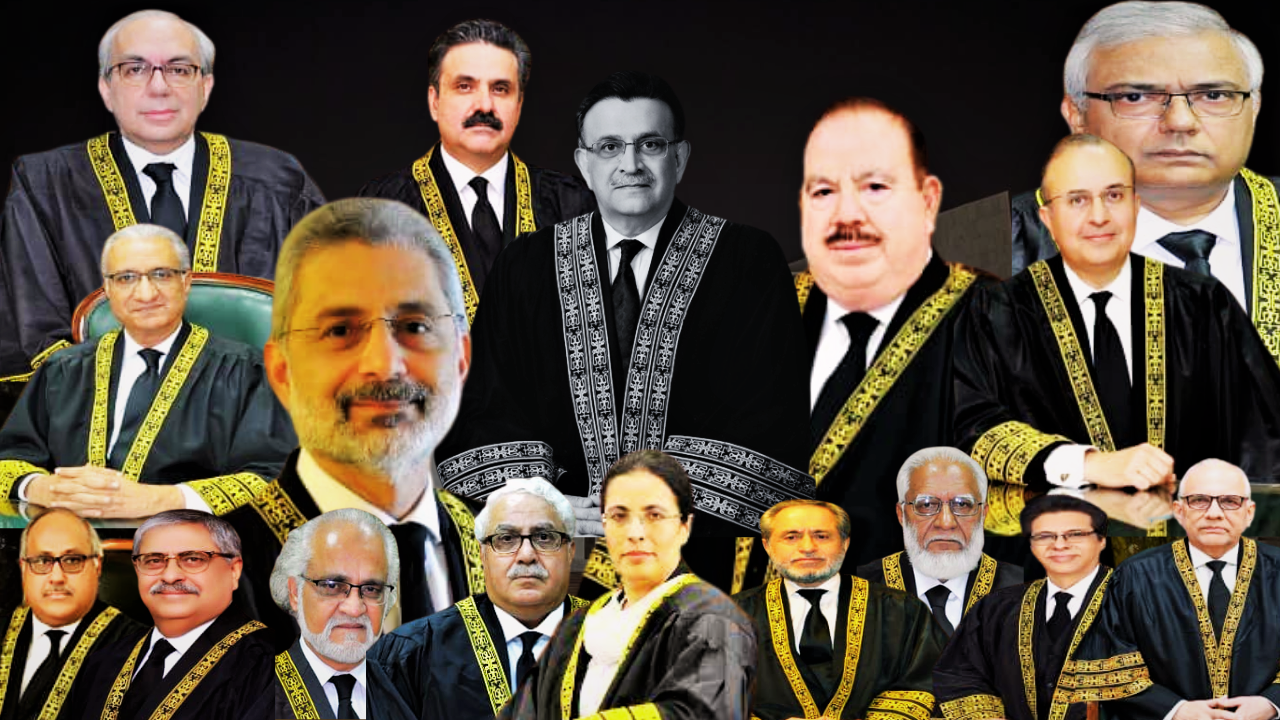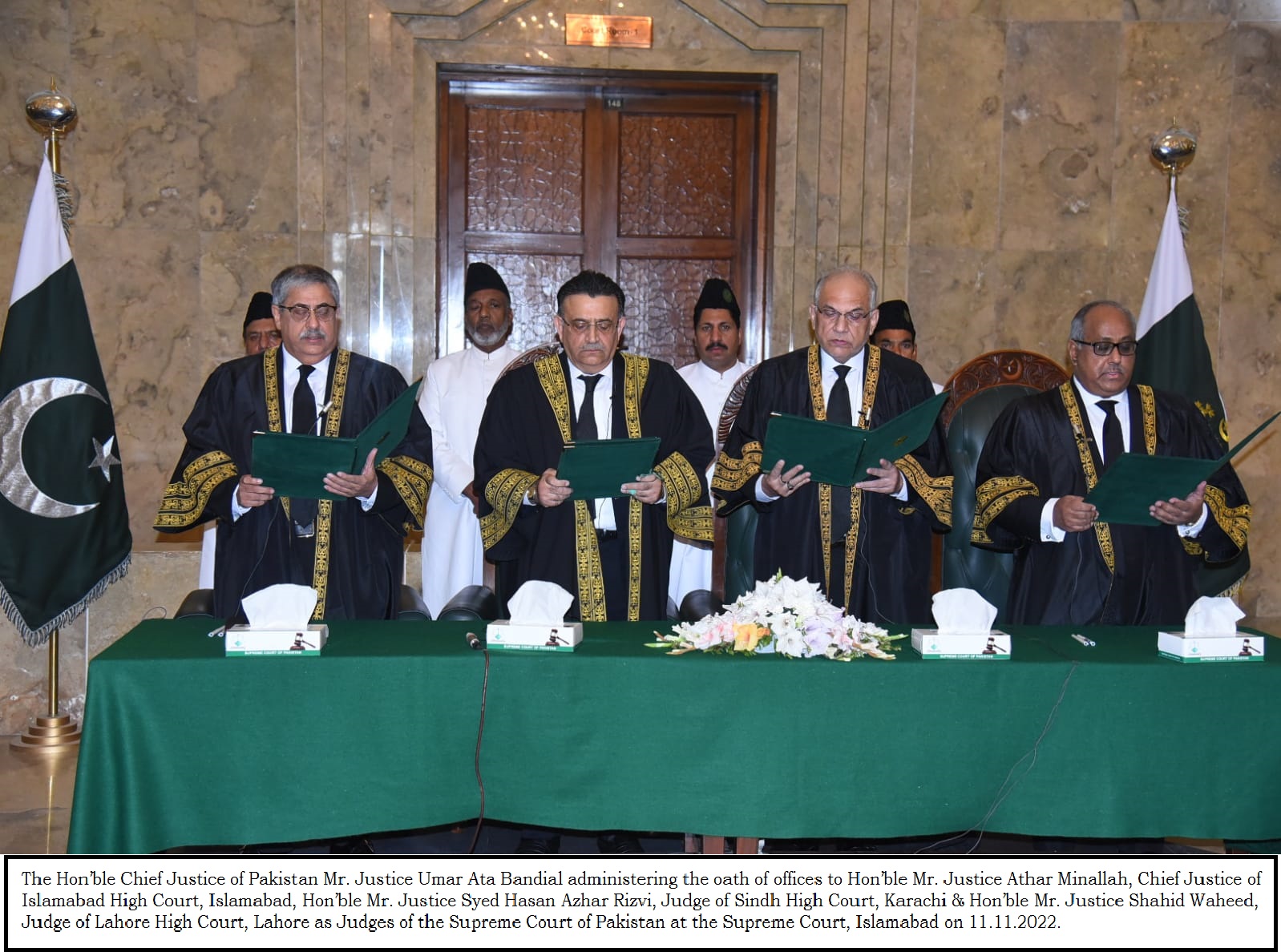The judiciary of Pakistan has seen numerous prominent figures who have played significant roles in shaping the legal and constitutional framework of the country. Among these notable personalities, the shortest-serving Chief Justice of Pakistan holds a unique place in history. This article explores the life, tenure, and legacy of the shortest-serving Chief Justice, delving into the reasons behind the brevity of their service and its implications for the judiciary.
What Is the Role of the Chief Justice of Pakistan?
The Chief Justice of Pakistan (CJP) serves as the head of the Supreme Court, the highest judicial authority in the country. The Chief Justice’s responsibilities include:
-
Interpreting and upholding the Constitution of Pakistan.
-
Leading the Supreme Court in resolving critical legal and constitutional matters.
-
Ensuring the independence and integrity of the judiciary.
-
Managing the administration of the Supreme Court.
-
Overseeing the appointment and functioning of other judges.
The Chief Justice plays a pivotal role in maintaining the balance of power between the executive, legislative, and judicial branches of government.

The tenure of Justice Muhammad Shahabuddin, the shortest-serving Chief Justice of Pakistan, is a unique chapter in the country’s judicial history. While his time in office was brief, it underscores the challenges and complexities faced by the judiciary in its early years. By learning from such instances, Pakistan can continue to strengthen its judicial system, ensuring justice and stability for future generations.
Who Was the Shortest-Serving Chief Justice of Pakistan?
The shortest-serving Chief Justice of Pakistan was Justice Muhammad Shahabuddin, who held the position for only 13 days, from May 3, 1955, to May 16, 1955. His brief tenure makes him a unique figure in the history of Pakistan’s judiciary.
Key Facts About Justice Muhammad Shahabuddin:
-
Tenure: 13 days.
-
Predecessor: Justice Abdul Rashid.
-
Successor: Justice Muhammad Munir.
-
Background: Justice Shahabuddin was appointed as the second Chief Justice of Pakistan after the retirement of Justice Abdul Rashid.
Why Was Justice Shahabuddin’s Tenure So Short?
Justice Muhammad Shahabuddin’s tenure as Chief Justice was cut short due to his sudden resignation. While the exact reasons for his resignation remain unclear, some speculate that it was due to personal circumstances or differences with the executive branch. His resignation marked a transitional period in Pakistan’s judiciary.
The Historical Context of Justice Shahabuddin’s Tenure
Justice Shahabuddin’s tenure occurred during a politically turbulent time in Pakistan. The country was still in its early years of independence, grappling with constitutional challenges and political instability. The judiciary was tasked with navigating these complexities while establishing its authority and independence.
Comparison of Chief Justice Tenures
To better understand the uniqueness of Justice Shahabuddin’s tenure, here is a comparison of the shortest and longest-serving Chief Justices of Pakistan:
|
Chief Justice |
Tenure Duration |
Key Contributions |
|
Justice Muhammad Shahabuddin |
13 days |
Transitional figure in the early judiciary. |
|
Justice Irshad Hasan Khan |
3 years, 2 months |
Significant judicial reforms. |
|
Justice Nasim Hassan Shah |
3 years, 4 months |
Landmark constitutional decisions. |
Contributions of Justice Muhammad Shahabuddin
Despite his short tenure, Justice Muhammad Shahabuddin is remembered for:
-
Upholding judicial decorum during a critical period.
-
Acting as a bridge between the founding Chief Justice and his successor.
-
Contributing to the establishment of the judiciary’s early framework.
Challenges Faced by the Judiciary During His Tenure
Justice Shahabuddin’s brief tenure highlights the challenges faced by Pakistan’s judiciary in its formative years, including:
-
Political Interference: The judiciary often faced pressure from the executive branch.
-
Constitutional Uncertainty: The lack of a finalized Constitution created legal ambiguities.
-
Institutional Development: The judiciary was still in the process of establishing its authority and credibility.
Lessons From the Shortest-Serving Chief Justice
Justice Muhammad Shahabuddin’s tenure offers several lessons for judicial leadership and governance:
-
The Importance of Stability:
-
Stable leadership is crucial for effective judicial functioning.
-
-
The Role of Personal Integrity:
-
Judicial figures must prioritize the independence and integrity of the judiciary.
-
-
Navigating Political Pressures:
-
The judiciary must maintain its autonomy despite external pressures.
-
Factors Influencing Judicial Tenures in Pakistan
The tenure of a Chief Justice of Pakistan can be influenced by various factors, including:
1. Retirement Age
Judges in Pakistan retire at the age of 65, which often determines the length of their service.
2. Political Climate
Political instability or interference can lead to abrupt changes in judicial appointments.
3. Health and Personal Reasons
Health issues or personal circumstances may lead to early resignation or retirement.
4. Constitutional Amendments
Changes in the Constitution can impact the tenure and appointment process of the Chief Justice.
How Does the Shortest Tenure Compare Globally?
Globally, several Chief Justices have served brief tenures due to various reasons. For instance, in the United States, Chief Justice John Rutledge served as Chief Justice of the Supreme Court for only 125 days in 1795 due to his failure to secure Senate confirmation.
Recommendations for Strengthening Judicial Leadership
To ensure stability and effectiveness in judicial leadership, Pakistan can adopt the following measures:
-
Transparent Appointment Processes:
-
Appointments should be based on merit and seniority to reduce political influence.
-
-
Strengthening Judicial Independence:
-
The judiciary must be protected from external pressures to maintain its autonomy.
-
-
Fostering Long-Term Reforms:
-
Focus on institutional development rather than individual leadership.
-

FAQs About the Chief Justice of Pakistan
1. Who appoints the Chief Justice of Pakistan?
The President of Pakistan appoints the Chief Justice based on seniority among Supreme Court judges.
2. Who was the first Chief Justice of Pakistan?
Justice Abdul Rashid served as the first Chief Justice of Pakistan from 1949 to 1954.
3. What is the average tenure of a Chief Justice in Pakistan?
The average tenure of a Chief Justice in Pakistan is approximately 2-3 years, depending on their age at the time of appointment.
4. Has any Chief Justice served multiple terms?
No, the Chief Justice of Pakistan serves a single term until their retirement.
5. What is the significance of the Chief Justice’s role?
The Chief Justice ensures the independence of the judiciary, interprets constitutional matters, and oversees the functioning of the Supreme Court.





.gif)








.gif)







Sign in
to continue to ilmkidunya.com